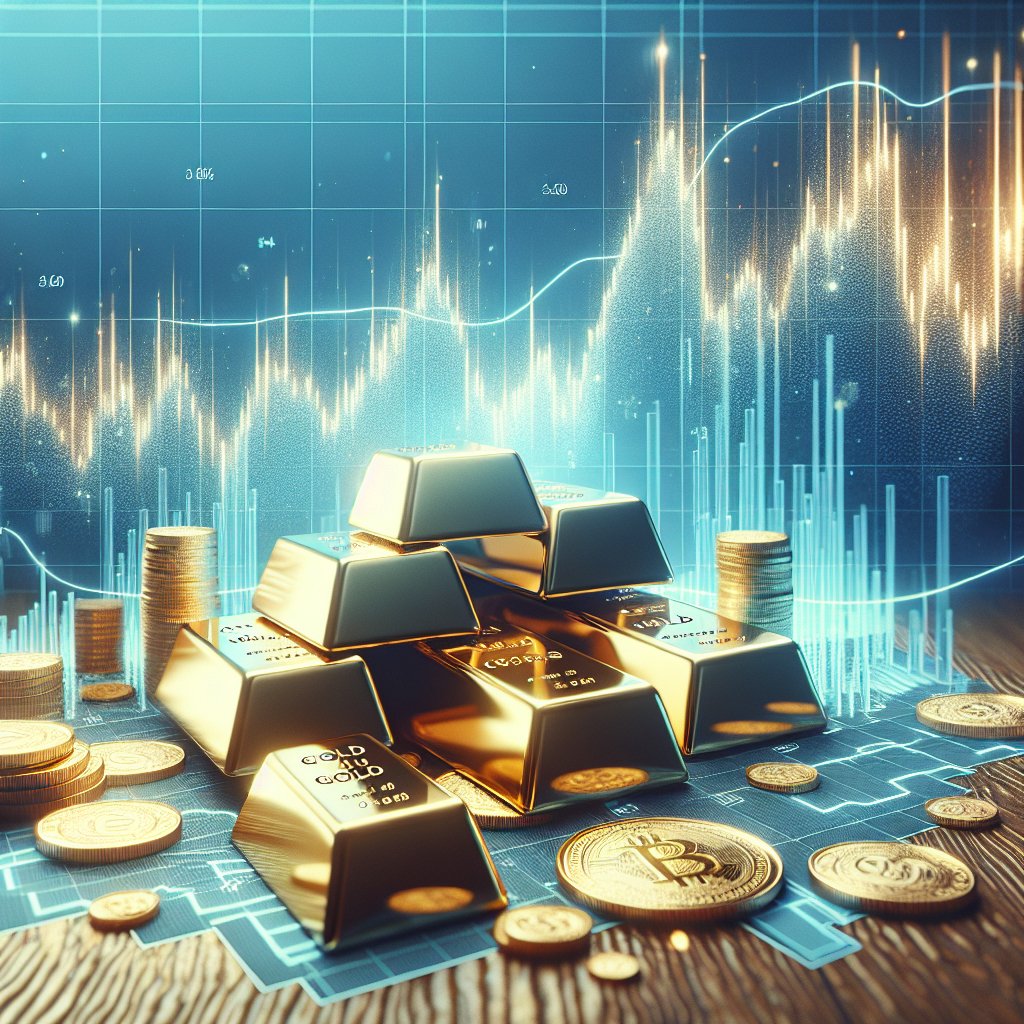Gold has been a symbol of wealth and power throughout history, playing a pivotal role in the rise and fall of empires. Its allure has driven exploration, conquest, and economic development, shaping the course of human civilization. This article delves into the historical significance of gold, examining how it influenced the fortunes of empires and continues to impact the global economy today.
The Historical Significance of Gold
Gold’s unique properties, such as its rarity, malleability, and resistance to tarnish, have made it a highly sought-after commodity for millennia. Ancient civilizations, from the Egyptians to the Incas, revered gold not only for its beauty but also for its perceived divine qualities. It was often associated with gods and used in religious ceremonies, symbolizing eternal life and power.
In ancient Egypt, gold was considered the flesh of the gods, and pharaohs were often buried with vast amounts of it to ensure their safe passage to the afterlife. The wealth of the Egyptian empire was largely built on its gold reserves, which were mined from the deserts of Nubia. This abundance of gold allowed Egypt to trade extensively with neighboring regions, solidifying its status as a dominant power in the ancient world.
Similarly, the Roman Empire’s expansion was fueled by its insatiable appetite for gold. The Romans conquered territories rich in gold, such as Spain and Dacia, to secure a steady supply of the precious metal. Gold coins, known as aurei, became the standard currency of the Roman Empire, facilitating trade and commerce across its vast territories. The stability and prosperity brought about by this gold-backed economy contributed to the empire’s longevity and influence.
Gold and the Fall of Empires
While gold has been a source of strength for many empires, it has also contributed to their downfall. The Spanish Empire, for instance, experienced a period of immense wealth and power during the 16th and 17th centuries, largely due to the influx of gold and silver from the Americas. However, this sudden wealth led to rampant inflation and economic instability, ultimately weakening the empire’s global standing.
The discovery of gold in the New World prompted a wave of exploration and colonization, as European powers vied for control of these lucrative resources. The Spanish conquistadors, driven by the promise of gold, decimated indigenous populations and established vast colonial territories. While this brought short-term wealth to Spain, it also led to over-reliance on imported gold and neglect of domestic industries, contributing to the empire’s eventual decline.
In more recent history, the gold standard, which pegged national currencies to a fixed quantity of gold, played a significant role in the global economy. While it provided a stable monetary system, it also limited the ability of governments to respond to economic crises. The Great Depression of the 1930s highlighted the limitations of the gold standard, leading to its abandonment by most countries in favor of more flexible monetary policies.
The Modern Role of Gold
Today, gold continues to hold a significant place in the global economy, serving as a hedge against inflation and economic uncertainty. Central banks around the world maintain gold reserves as a means of diversifying their assets and ensuring financial stability. The price of gold is influenced by a myriad of factors, including geopolitical tensions, currency fluctuations, and changes in supply and demand.
Investors often turn to gold during times of economic turmoil, viewing it as a safe haven asset. The 2008 financial crisis, for example, saw a surge in gold prices as investors sought refuge from volatile stock markets. Similarly, the COVID-19 pandemic led to increased demand for gold, as uncertainty about the global economy prompted investors to seek stability in the precious metal.
Technological advancements have also impacted the gold market, with innovations in mining and refining processes increasing the efficiency of gold production. Additionally, the rise of digital currencies and blockchain technology has introduced new opportunities and challenges for the gold industry, as investors explore alternative forms of wealth storage and transfer.
Conclusion
Gold’s enduring appeal and historical significance underscore its role as a cornerstone of economic and political power. From ancient empires to modern economies, gold has shaped the course of history, influencing the rise and fall of nations. As the global economy continues to evolve, gold remains a vital asset, offering stability and security in an ever-changing world.












